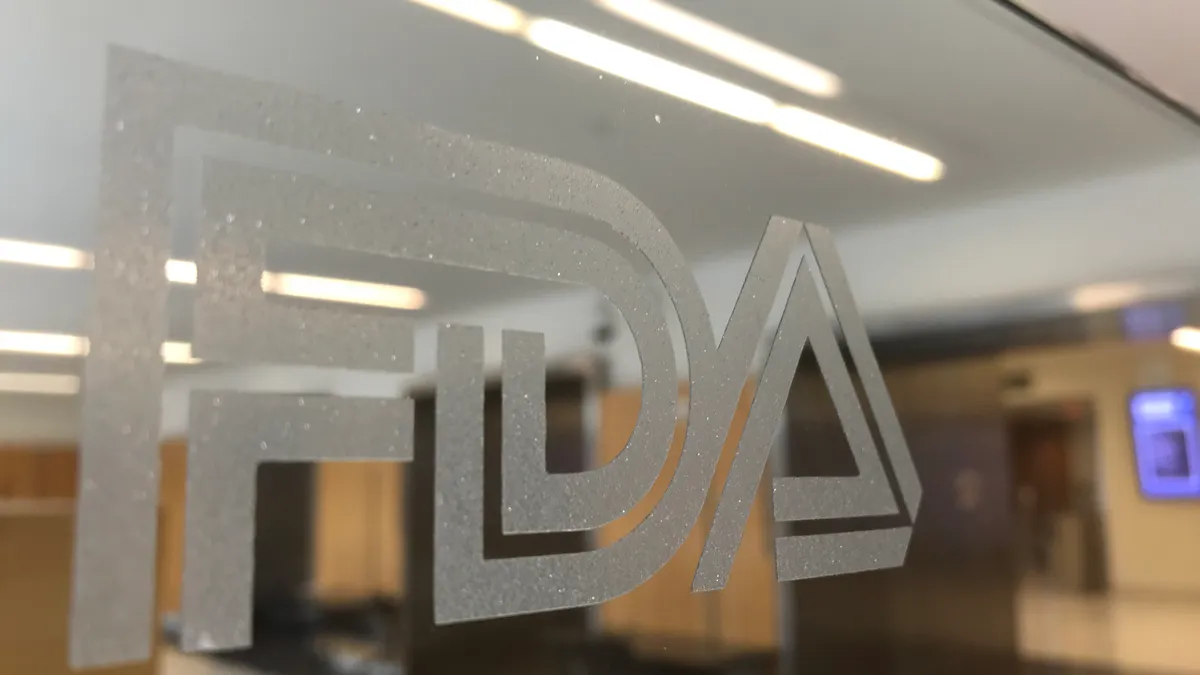Dive Brief:
-
FDA has released a reference panel to help commercial and laboratory developers of coronavirus nucleic acid tests check the quality and performance of their diagnostics, amid concerns about false negatives.
-
The agency said Wednesday that availability of well-characterized reagents will enable comparisons between experimental and established ways of identifying coronavirus RNA, the virus’ genetic material. The panel is available to developers working their way through the FDA's pre-emergency use authorization process.
-
The release follows a series of reports raising concerns about the rate of false negatives associated with existing molecular diagnostic tests. False negatives from such testing could cause people to stop self-isolating despite carrying the virus, leading to more infections.
Dive Insight:
The need to rapidly scale up testing capacity to equip healthcare professionals with the means to identify more cases of infection with SARS-CoV-2 has created challenges for FDA. The World Health Organization and other experts sees testing as critical to efforts to control the virus, creating pressure to make such tests widely available as soon as possible. Yet, tests that deliver false results could do more harm than good.
Earlier this month, a pooled analysis of results published in the Annals of Internal Medicine from seven studies of products that test for RNA from SARS-CoV-2 put the median false-negative rate on the day symptoms first appeared at 38%. The finding suggests many people who get tested as soon as they develop symptoms may be erroneously told they are not infected.
The median false-negative rate bottomed out at 20% three days after the onset of symptoms, before rising again to hit 66% around two weeks later. The Centers for Disease Control and Prevention recently advised healthcare professionals to use antibody tests, in addition to PCR tests, in patients who present nine to 14 days after developing symptoms.
Patients are unlikely to have developed antibodies in the first days after the onset of symptoms, though, forcing healthcare professionals to rely on nucleic acid testing at that early stage. As such, the 20% rate of false negatives seen in the pooled analysis of molecular diagnostic tests is a cause for concern. However, FDA believes their reference panel can help address the problem.
“Today’s reference panel will provide test developers with well-characterized reagents to compare the performance of different molecular diagnostic tests under the same conditions,” Jeffrey Shuren, director of FDA’s Center for Devices and Radiological Health, said in a statement.
FDA’s belief in the value of reference panels is underpinned by its experience supporting work on tests for the Ebola and Zika viruses. During the Ebola outbreak of 2014, diagnostic developers lacked a reference panel, complicating the task of comparing assays. FDA had learned its lesson by the time Zika hit in 2015, leading it to make a reference panel evaluation part of the requirements for emergency use authorization.
In a paper published last year, FDA described how the Zika reference panel requirement enabled it to provide “a comparative analysis of the performance of alternative devices, which may be useful to healthcare providers and laboratories implementing these tests.” The agency has now incorporated that experience into its coronavirus response by making a reference panel available to test developers working their way through the pre-EUA process.











